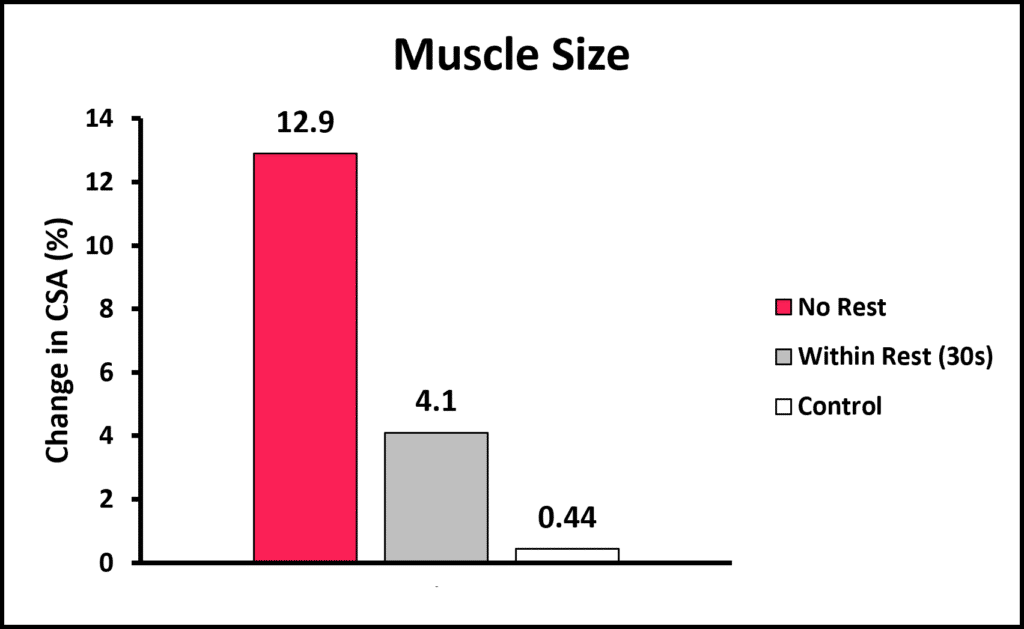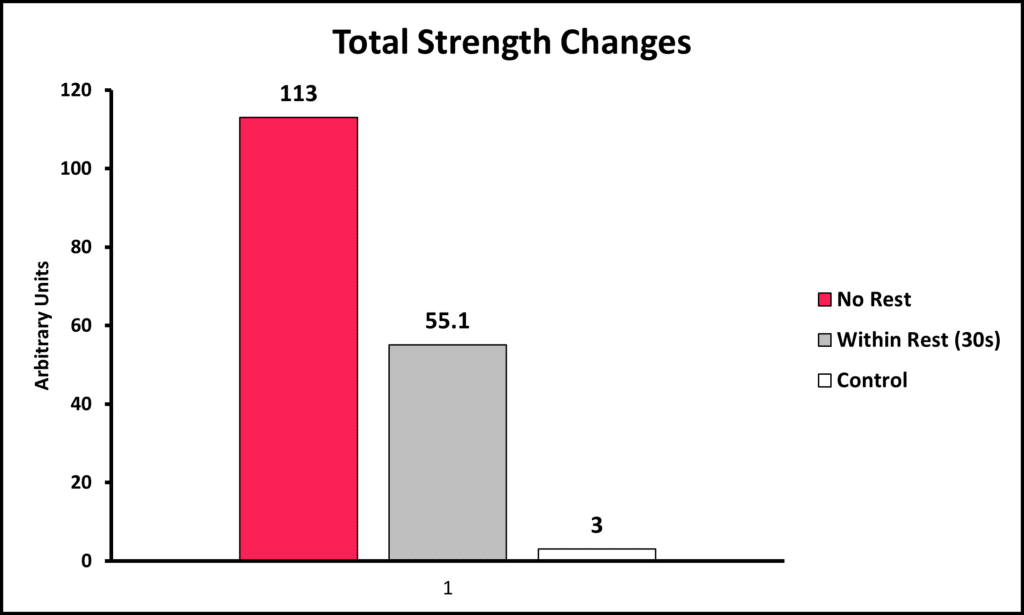Share on
As someone who’s spent countless hours in the gym chasing gains, I’ve learned that not all reps are created equal. Sure, you might be putting in the work, but are you making the most of your efforts? That’s where the concept of “effective reps” comes into play.
Effective reps are the key to unlocking your muscle-building potential, but what exactly makes a rep “effective”? Is it the number of reps you do, the weight you lift, or some mysterious force that only the gym gods understand? Well, I’m here to demystify the science behind effective reps and share what you need to know to maximize your results.
In this post, we’ll explore the factors that contribute to effective reps, from muscle activation and time under tension to form and intensity. I’ll break down the research and provide practical tips you can apply to your own workouts. And don’t worry, I promise to keep the science talk to a minimum – no PhD required!

Table of Contents
What Are Effective Reps?
In recent years, the concept of “effective reps” has been gaining traction in both the fitness and scientific communities. It’s a fancy way of saying that not all reps are created equal when it comes to stimulating muscle growth and adaptation. Essentially, effective reps are the MVPs of your workout – the ones that really count.
In this video, Jeff does a great job explaining some of the nuances of why not all repetitions are created equal.
Now, I know what you might be thinking: “But wait, isn’t a rep just a rep?” Well, not quite. While the term “effective rep” hasn’t been explicitly used in scientific literature (they’re missing out on a catchy phrase, if you ask me), there’s evidence to support the idea that certain reps within a set are more potent than others when it comes to building muscle.
Picture this: you’re cranking out a set of bicep curls, and as you near the end of the set, your muscles are screaming, your face is contorting, and you’re wondering why you ever thought this was a good idea. Those last few reps, where you’re really struggling, are likely the “effective” ones. They’re the reps that push your muscles to their limits and trigger the adaptations that lead to growth.
Effective reps are repetitions performed at or near concentric failure that recruit the greatest percentage of motor units within a muscle due to accumulated fatigue or heavy weights. These repetitions can potentially be the most stimulating due to metabolic stress, cell swelling (aka "the pump"), mechanical tension, and motor unit rectruitment (i.e., activating more muscle cells).
But don’t just take my word for it. Several studies have suggested that the reps that cause the most muscle fatigue and recruit the most muscle fibers are the ones that contribute the most to muscle development. It’s like your muscles are saying, “Hey, that was tough! We better grow so we can handle this better next time.”
So, while the term “effective reps” might not be an official scientific term (yet), the concept behind it is supported by research. And let’s be real, anything that can give us better results in the gym is worth paying attention to, right?

The Size Principle: Recruiting Muscle Fibers for Maximum Gains
Now, let’s talk about the size principle – and no, it’s not about the size of your biceps (although that’s a worthy goal). The size principle is a fundamental concept in muscle physiology that helps explain why some reps are more effective than others.
Here’s the gist: your muscles are made up of different types of fibers, ranging from small, slow-twitch fibers to large, fast-twitch fibers. The size principle states that when you lift a weight, your body recruits these muscle fibers in a specific order, starting with the smallest, most fatigue-resistant fibers and progressively engaging larger, more powerful fibers as the demand increases.
Think of it like a game of “tag, you’re it!” with your muscle fibers. As the set becomes more challenging, your body tags in the bigger, stronger fibers to help out. And trust me, you want those big guys on your team.
Why does this matter for effective reps?
Well, it turns out that the larger, fast-twitch muscle fibers have the most potential for growth. They’re the ones that really respond to the stress of lifting heavy weights and drive muscle hypertrophy. So, by pushing yourself to the point where you’re recruiting these fibers – usually in those last few challenging reps – you’re maximizing your muscle-building potential.
But don’t get too carried away and start doing endless reps until you collapse! The key is to find the sweet spot where you’re challenging yourself enough to recruit those high-threshold motor units, but not so much that you compromise your form or risk injury. It’s a delicate balance, but one that’s worth mastering for the sake of your gains.

So, the next time you’re in the gym, remember the size principle and focus on making those last few reps count. Your muscles will thank you, and who knows, maybe you’ll even impress that cute gym-goer you’ve been eyeing (just don’t forget to wipe down the equipment after!).
What Makes a Rep Effective? Insights from Science
I know I said I would keep the science talk to a minimum, but bear with me. As you crank out those reps in the gym, there’s some fascinating science that explains why certain reps are more effective than others. Two key factors come into play: metabolic stress and motor unit recruitment (i.e., you turn on more muscles).
Metabolic Stress
First up, let’s talk about metabolic stress. A study by Goto et al. (2005) compared two resistance training protocols: one with no rest periods within each set, and another that included 30-second rests between mini-sets. The no-rest protocol led to significantly higher levels of lactate, growth hormone, and norepinephrine. But the real kicker? After 12 weeks of training, the no-rest group had significantly greater increases in muscle size and strength. This suggests that the accumulation of metabolites and the resulting metabolic stress play a vital role in making those reps count.


The Size Principle: The Key to Motor Unit Recruitment
Next, we have the size principle. This states that your motor units (the nerve and the muscle fibers it controls) are recruited in a specific order, from smallest to largest. The largest motor units have the most potential for growth. Here’s where it gets interesting: as a set becomes more challenging and fatigue sets in, those big boy motor units are called into action. Prestes et al. (2017) found that a rest-pause style of training, which involves an initial set to failure followed by mini-sets with brief rests, led to greater muscle growth compared to a traditional multiple-set protocol. The increased fatigue likely triggered the recruitment of those large, high-threshold motor units.

So, what’s the takeaway? To make your reps as effective as possible, you want to create an environment of metabolic stress and fully exhaust your motor unit pool, especially those large, high-threshold units. Training techniques like rest-pause sets and limiting intra-set rest can help you achieve this.
Putting It into Practice: Myo-Reps for Effective Reps
Now that we’ve delved into the science behind effective reps, let’s talk about how you can apply this knowledge in your own training. Enter myo-reps, a technique that combines the principles of metabolic stress and the size principle to make your reps really count.
Myo-reps involve performing an initial set to near failure, followed by several mini-sets with brief rest periods.
Here’s how it works:
Choose a weight that you can lift for around 12-15 reps on the first set.
- Perform that first set, pushing yourself to near failure (but not to the point of absolute muscular failure).
- Rest for 15-30 seconds, just enough to catch your breath.
- Perform another set, this time aiming for around 3-5 reps.
- Rest another 15-30 seconds.
- Repeat steps 4 and 5 until you reach a total of 20-30 reps across all sets.
By using this approach, you’re creating an environment of high metabolic stress while also fully exhausting your motor unit pool. Those brief rest periods allow you to keep pushing out reps, even as fatigue sets in and you start to recruit those big, high-threshold motor units.
Wrapping Up: Making Every Rep Count
As we’ve seen, there’s a lot more to effective reps than just going through the motions. By understanding the science behind metabolic stress and the size principle, we can approach our training in a way that maximizes the effectiveness of each and every rep.
Metabolic stress, as demonstrated by Goto et al.’s study, plays a crucial role in driving muscle growth and strength gains. When we limit rest periods and push ourselves to the brink of fatigue, we create an environment that’s ripe for gains. Couple this with the size principle, which tells us that we need to fully exhaust our motor unit pool to recruit those high-threshold muscle fibers, and we’ve got a recipe for success.
Techniques like myo-reps allow us to put this knowledge into practice. By performing mini-sets with brief rest periods after an initial set to near failure, we’re creating the perfect storm of metabolic stress and motor unit recruitment. The result? More effective reps and, ultimately, better progress.





Pingback: Myo Reps: The Key to Effective Muscle Growth - Counting Kilos